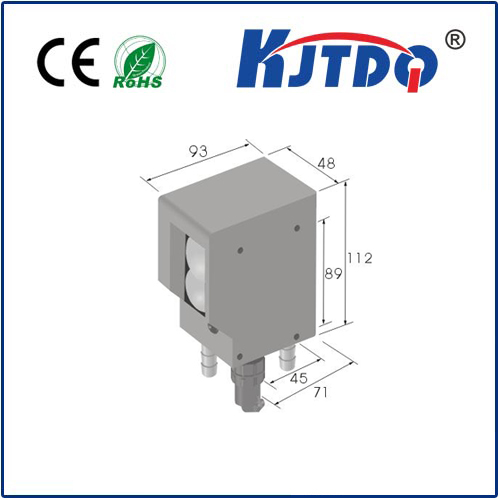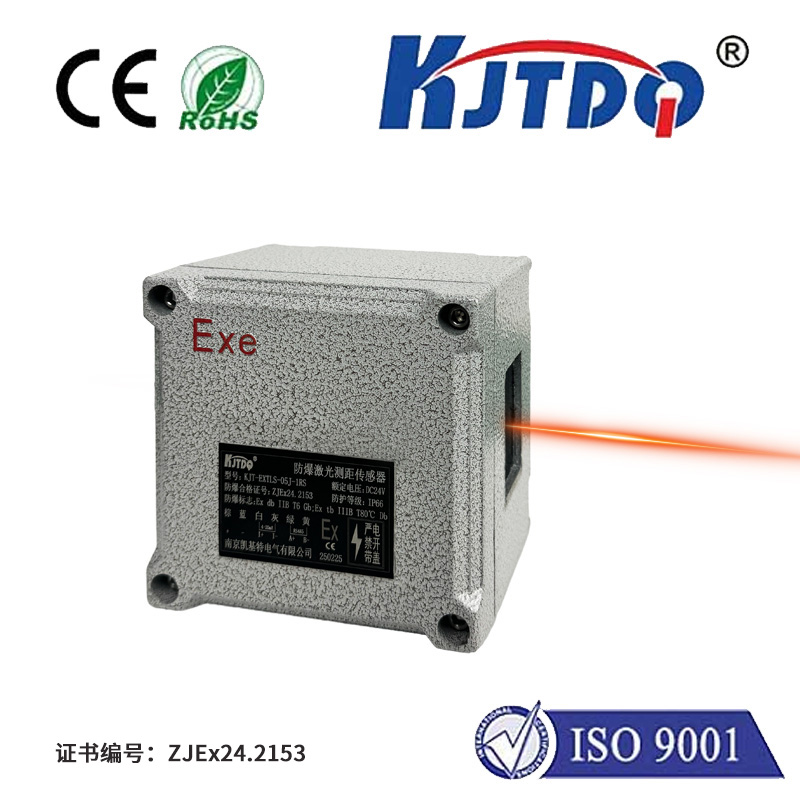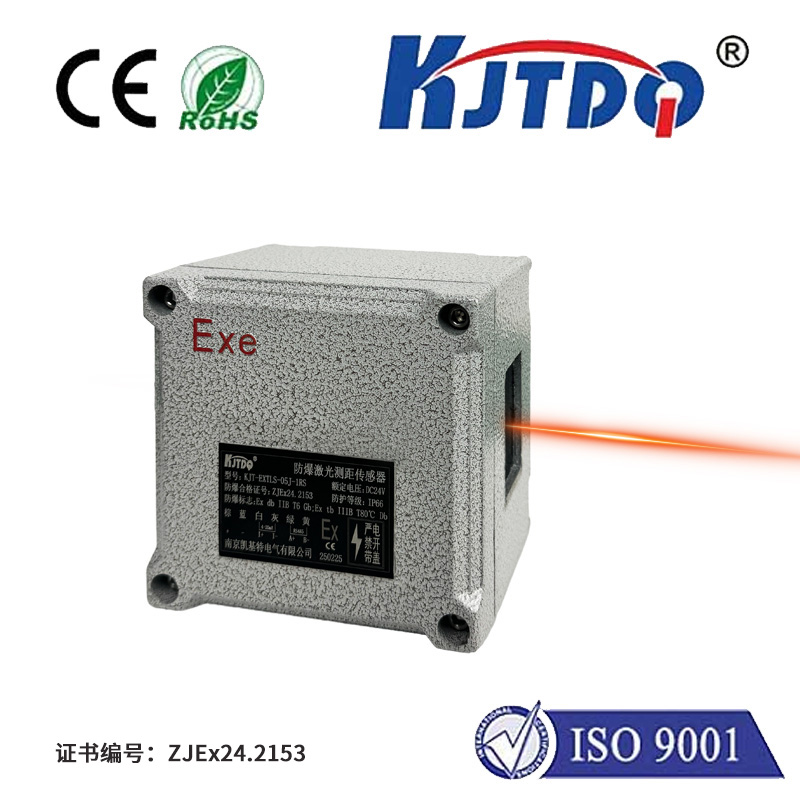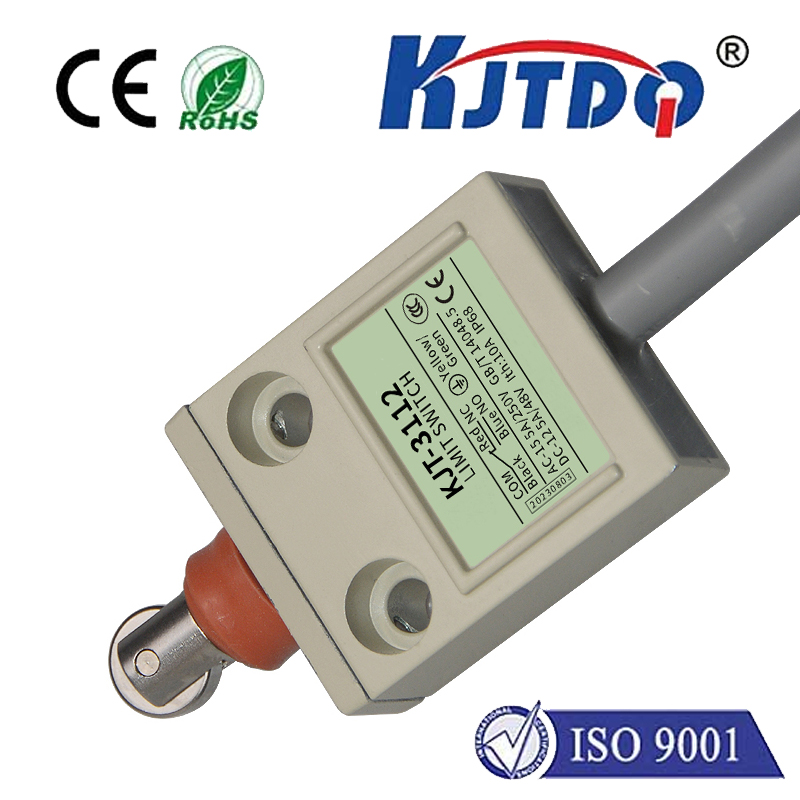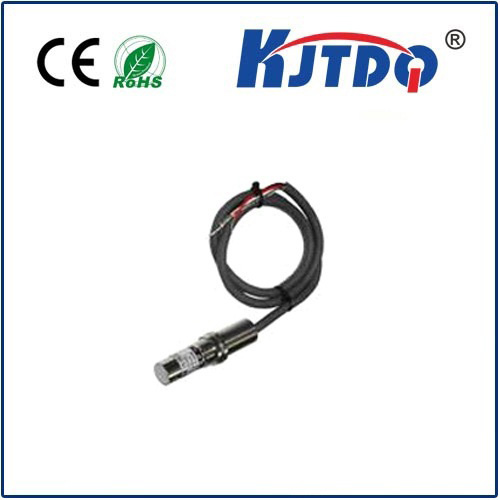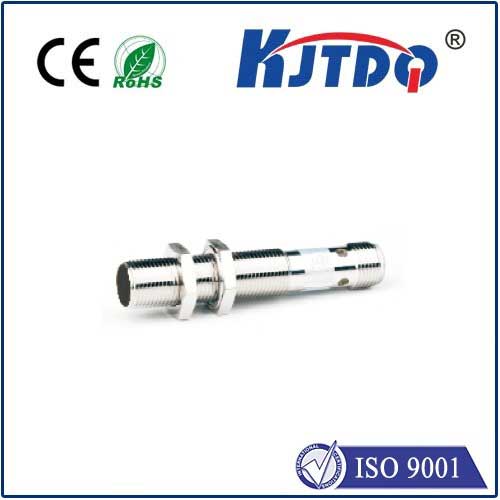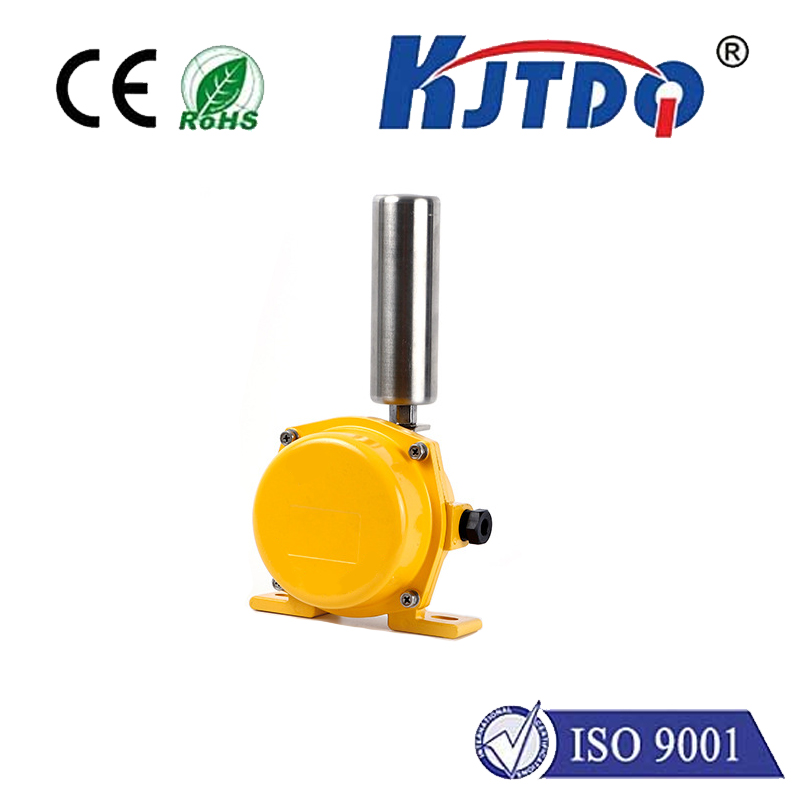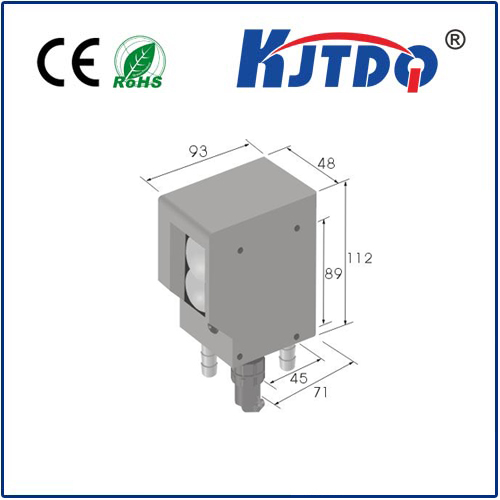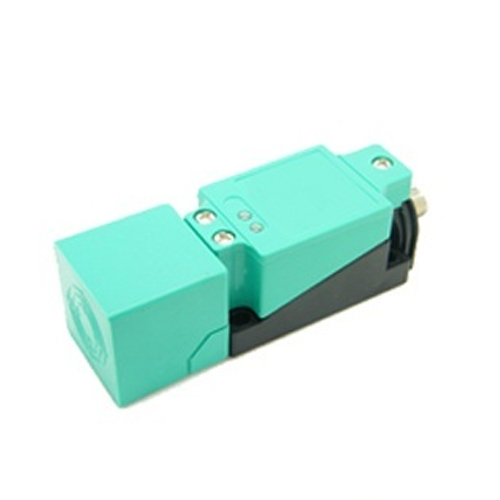100m distance sensor
- time:2025-08-27 14:36:24
- Click:0
Unlocking Precision at Scale: The Ultimate Guide to 100m Distance Sensors
Imagine a massive, bustling automated warehouse. Robots zip along aisles dozens of meters high, retrieving pallets with pinpoint accuracy. High above, an autonomous drone surveys a sprawling construction site, mapping progress in real-time. On a remote stretch of highway, a smart traffic system monitors vehicle flow over vast distances. The unsung hero enabling these feats? Sophisticated 100m distance sensors. These powerful devices transcend the limitations of shorter-range counterparts, providing critical spatial awareness precisely where it’s needed most – at significant scale.
What Exactly is a 100m Distance Sensor?
At its core, a distance sensor measures the physical separation between itself and an object. A 100m distance sensor is specifically engineered to accurately detect, measure, and report objects located up to, and often beyond, 100 meters (approximately 328 feet) away. This capability opens doors to applications far beyond the reach of common proximity sensors or shorter-range ultrasonic units.
Key Technologies Powering the 100m Range

Achieving reliable and accurate long-range distance measurement demands specialized technologies. The most common for robust 100m+ applications are:
- LiDAR (Light Detection and Ranging): This technology emits rapid pulses of laser light and measures the time it takes for each pulse to reflect off a target and return. LiDAR sensors excel at creating detailed 3D point clouds over large areas and are particularly valued in surveying, autonomous vehicles (for long-range object detection), and environment mapping. Advanced LiDAR units employ sophisticated signal processing to filter noise and enhance range accuracy.
- Laser Time-of-Flight (ToF): Similar in principle to LiDAR but often designed as single-point or single-line distance measurement devices. Laser ToF sensors precisely calculate distance based on the travel time of a modulated laser beam. They offer excellent accuracy and are widely used in industrial automation (e.g., crane positioning, large object dimensioning), logistics, and security systems (long-range perimeter monitoring). Their focused beam makes them ideal for targeting specific points at long distances.
- Long-Range Ultrasonic Sensors: While typically associated with shorter ranges, specialized high-power ultrasonic transducers can achieve detection up to 100m in suitable conditions (like open air, targeting large flat surfaces). They are often chosen for applications requiring lower cost or resilience in dirty environments where optical sensors might struggle, such as bulk material level monitoring in silos or tanks. However, they can be affected by temperature, humidity, and wind more than optical methods.
Where 100m Distance Sensors Shine: Key Applications
The ability to measure distance accurately at 100m+ transforms numerous industries:
- Industrial Automation & Logistics: Monitoring large machinery position (cranes, gantries), precise positioning of automated guided vehicles (AGVs) in expansive warehouses or shipyards, inventory management in high-bay racks, and collision avoidance for large robotic systems.
- Autonomous Vehicles & Drones: For drones (UAVs), 100m distance sensors are critical for altitude hold, terrain following, obstacle avoidance during long-range flights, and precise landing. In autonomous ground vehicles (AGVs, robots), they provide long-range environmental perception crucial for safe navigation, especially at higher speeds.
- Surveying & Mapping: LiDAR-based sensors mounted on tripods, vehicles, or aircraft rapidly and accurately capture detailed topographical data over large areas, essential for construction planning, forestry, archaeology, and flood modeling.
- Traffic Management & Smart Infrastructure: Monitoring vehicle presence and speed over long stretches of road, managing traffic light sequencing based on approaching vehicle volume from afar, and detecting stopped vehicles or congestion zones.
- Security & Perimeter Protection: Creating virtual “tripwires” and monitoring large perimeters (airports, industrial complexes, borders) for intruders or unauthorized vehicles from a central location.
- Agriculture: Precision land leveling, crop health monitoring over large fields using specialized sensors, and guidance for large-scale agricultural machinery.
Critical Considerations When Choosing a 100m Sensor
Selecting the right sensor isn’t just about hitting the 100m mark. Factors demanding careful evaluation include:
- Accuracy & Resolution: How precise does the measurement need to be at the maximum range? Does it require millimeter accuracy or is decimeter-level sufficient?
- Environmental Conditions: How will factors like fog, rain, dust, snow, temperature extremes, or strong ambient light affect performance? LiDAR and laser ToF can be impacted by heavy precipitation or fog, while ultrasonics face challenges with wind and temperature gradients. Look for sensors with IP ratings suitable for the deployment environment.
- Target Properties: What is the sensor detecting? A large, highly reflective truck or a small, dark, non-reflective object? The target’s size, color, reflectivity, and material significantly impact the maximum achievable range and reliability. Ensure the sensor’s specifications match the expected target characteristics.
- Update Rate & Field of View (FoV): How quickly does the distance reading need to update? (e.g., high-speed drone avoidance vs. static tank level monitoring). Does the application require a single-point measurement, a scanning line, or a wide FoV?
- Power Requirements & Connectivity: Constraints on power supply (battery vs. mains) and the required output interface (analog, digital serial, Ethernet, CAN bus etc.) are crucial for system integration.
- Cost vs. Performance: Balancing the budget with the required technical specifications and robustness for the application.
The Future: Beyond 100m
The evolution of long-range sensing technology continues. We see trends towards:
- Enhanced Resilience: Sensors better equipped to handle challenging environmental conditions like fog, dust, and rain using multi-echo detection and advanced signal processing algorithms.
- Increased Integration & Intelligence: Sensors with built-in processing capabilities (like object classification within the point cloud) and easier integration via standardized protocols.
- Cost Reduction: Advances in manufacturing, especially for LiDAR components, making high-performance 100m distance sensors accessible to a broader range of applications.
- Miniaturization: Smaller, lighter sensors enabling deployment on smaller drones and robots without sacrificing significant payload capacity.
Harnessing the Power of Distance
100m distance sensors are indispensable tools where spatial awareness over large areas is mission-critical. By leveraging technologies like LiDAR and long-range Laser ToF, they provide the eyes for machines and systems operating at scale. Understanding the different technologies, their strengths and limitations, and carefully matching sensor specifications to application requirements is key to unlocking their full potential. Whether ensuring the safety of autonomous systems, optimizing industrial processes, or mapping uncharted terrain, these powerful sensors are defining the boundaries of what’s measurable and manageable. Choosing wisely empowers innovation and precision across vast distances.






